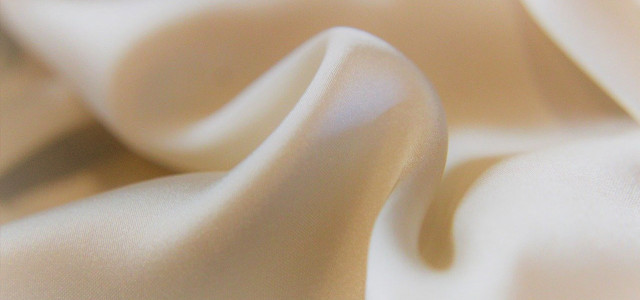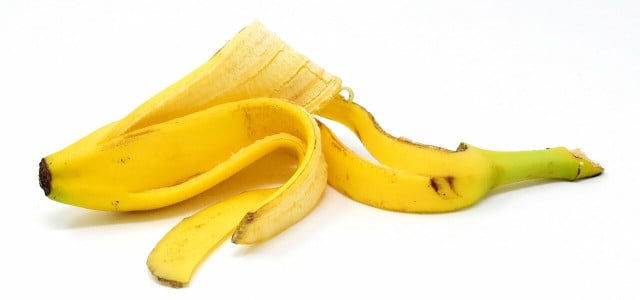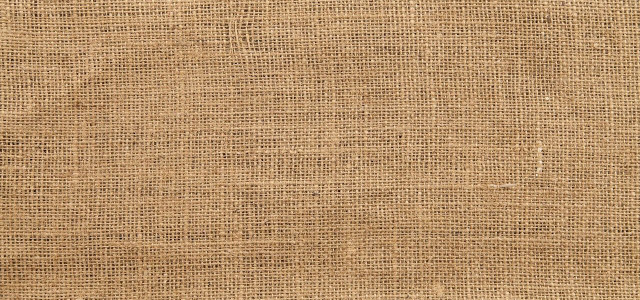Banana fiber is a sustainable alternative to synthetic fibers and materials, and is making its way onto the fashion scene in a big way. Read on to learn more.
Banana fiber is made from ‘abaca’, the non-fruit-bearing species of banana plants, and the majority of banana fiber production takes place in the Philippines – where the plant grows quickly and abundantly. The source of the fiber used in textiles is found in the leaf sheath around the base of the plant. This part of the plant is normally left for waste, making banana fiber a zero-waste product.
Banana Fiber Production
The production of banana fiber involves a fairly long and laborious series of fiber extraction, processing, and sorting. Traditionally, production begins by soaking the trunk of the abaca plant in nearby rivers. This process softens the fibers of the plant, making them more manageable for extraction. The fibers are stripped either by a machine or by hand before being woven into yarn. When woven, this fine fiber becomes a supple textile, making it ideal for materials in clothing.
What Kind of Cloth Can be Made from Banana Fiber?



(Foto: CC0 / Pixabay / Dustytoes)
The texture of banana fiber is a little more structured, but softens over time. Originally, banana fiber was used mostly for making ropes, mats, and carpets. But, as the environmental impact of the textile and garment industry has become more evident and critiqued, increasing numbers of brands and fashion manufacturers are turning to more sustainably made and sourced materials for their clothing.
Given its low-impact on energy and water usage, and its ethically manufactured process, banana fiber as a material in clothing is slowly becoming more popular. It is lightweight, making it most suitable for summer clothing. This includes cardigans, blouses, shawls, skirts and hats. But it has also been used to make kimonos in Japan, and even used in embroidery, couture finishings like ribbons, and avant garde fashion.
Banana Fiber Sustainability
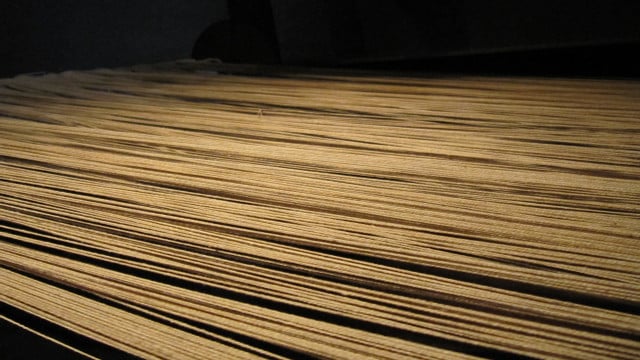


(Foto: CC0 / Pixabay / bmrbastos)
In terms of a sustainable material, banana fiber is up there with some of the greenest, most eco-friendly clothing materials. Generally, banana fiber is woven in smaller communities in the Philippines, either by hand or using electric-free looms. This makes abaca production a very low-energy process requiring no machinery. The woven sheets of material are then washed in nearby rivers and hung out to dry naturally in the sun, meaning water-usage is kept to a minimum. Abaca plants can also grown without the use of chemicals, which is a definite bonus.
Banana fiber growth, extraction, and production are traditionally completed all within the same local area, reducing transportation costs and emissions significantly.
Other Natural Fibers
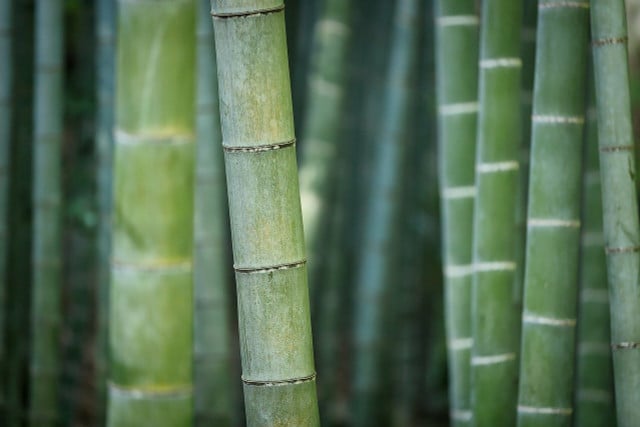


(Foto: CC0 / Pixabay / fietzfotos)
Banana fiber is not the first natural fiber to be used in clothing, and it will most definitely not be the last (although it is perhaps one of the strangest). There are numerous sustainable, vegan, and natural materials out there which are being used to make the clothes we wear. Here are just some examples of natural fibers that you should look out for when next browsing the shops:
- Organic cotton: Organic cotton is grown without any pesticides or fertilizers, making it a truly natural material. The production of organic cotton is also done without chemicals, and water-usage is kept to a minimum.
- Organic hemp: Hemp not only requires very little water for growth and is a high-yielding plant, it also absorbs CO2 from the air, making hemp a carbon-negative raw fiber.
- Organic bamboo: Bamboo is the fastest growing plant on the planet, meaning that when it is cut down for harvesting, a new bamboo plant will grow easily and rapidly in its place. Bamboo can survive on just rainfall and consumes more CO2 than most trees.
- Cork: Cork is harvested from cork oak trees by shaving the bark. Once removed from the tree, the shavings of bark are laid out to dry naturally in the sun before manufacturing.
How Does Banana Fiber Compare to Other Sustainable Materials?
In terms of sustainability, banana fiber ranks pretty highly when it comes to clothing-manufacturing. Its low-usage of both energy and water, natural processes of extraction and production, and not to mention ethical labour practices for the workers weaving the fibers.
While banana fiber production is typically kept very small-scale and local, it is generally made in the Philippines. This means that any clothing brands wishing to use the natural fiber in their products will have to ship the materials from overseas, adding to the carbon footprint of this natural fiber. That being said, banana fiber is still one of the most sustainable and ethical choices when it comes to sustainable materials.
Read more:
- Econyl: A Look Behind This Recycled Fiber
- 12 Vegan Clothing Brands That Are Also Eco-Friendly
- Rent Clothes Online: Save Money and Help the Planet!
- Banana Peel Uses: Why You Shouldn’t Throw Them Away
Do you like this post?







